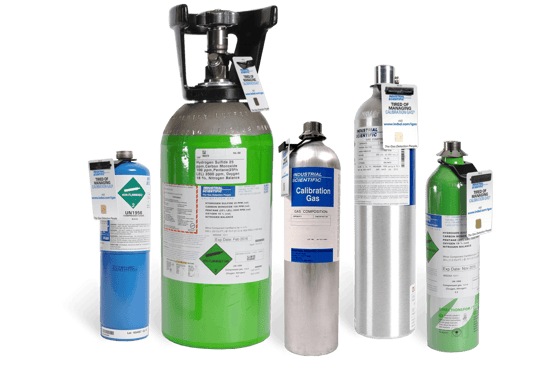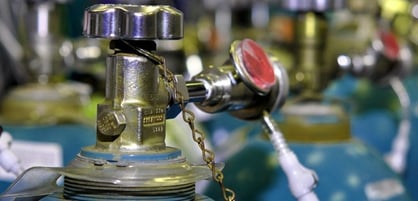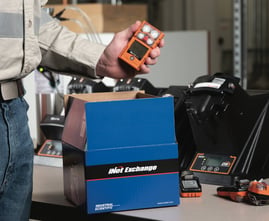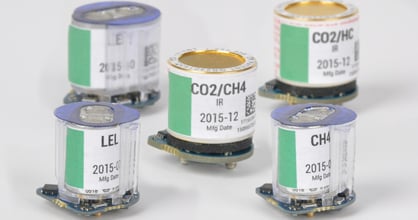Calibration Gas Cylinders
Calibration gas cylinders ensure gas monitors can accurately detect gas levels and prevents sensors from becoming less accurate over time.
- Accurate calibration gas is critical for ensuring reliable gas detection readings.
- Calibration gas cylinders have a limited shelf life that varies by gas mixture and manufacturer, ranging from 6 to 36 months.
- Proper storage is essential for maintaining the integrity of calibration gas, including storing it in a cool, dry place away from sunlight and heat sources.

Understanding Calibration Gas Cylinders: Shelf Life and Best Practices
Calibration gas cylinders are a crucial component of gas detection and monitoring systems in industrial and safety applications. These cylinders contain a precise mixture of gases that serve as reference points for gas detectors, ensuring accurate readings and optimal performance. In this article, we'll explore the shelf life of calibration gas cylinders, factors affecting their longevity, and best practices for proper storage and usage.
Shelf Life of Calibration Gas Cylinders:
The shelf life of calibration gas cylinders is the period during which the gas mixture inside remains stable and accurate for calibration purposes. Typically, the shelf life ranges from 6 months to 3 years, depending on the gas mixture and cylinder type. It's essential to adhere to the manufacturer's recommended shelf life, as using expired calibration gas can lead to inaccurate readings and compromised safety.
Factors Affecting Calibration Gas Cylinder Shelf Life:
Several factors can impact the shelf life of calibration gas cylinders, including:
- Gas type and mixture: Reactive gases, such as hydrogen sulfide and chlorine, have shorter shelf lives due to their chemical properties. Non-reactive gases, such as nitrogen and methane, generally have a longer shelf life.
- Cylinder material: Calibration gas cylinders are made from various materials, including steel, aluminum, and composite materials. The cylinder material can affect the gas's stability and, consequently, the shelf life.
- Cylinder storage conditions: Proper storage of calibration gas cylinders is crucial for maintaining their shelf life. Exposure to extreme temperatures, direct sunlight, or corrosive environments can degrade the gas mixture and shorten the shelf life.
Best Practices for Calibration Gas Cylinder Storage and Usage:
To ensure the accuracy and reliability of calibration gas cylinders, follow these best practices:
- Store cylinders in a cool, dry, and well-ventilated area, away from direct sunlight and heat sources.
- Keep cylinders in an upright position to prevent potential damage to the valve or regulator.
- Regularly inspect cylinders for damage, leaks, and corrosion.
- Use cylinders within their recommended shelf life, as indicated by the manufacturer. Dispose of expired cylinders according to local regulations.
- Perform regular calibrations of gas detectors using calibration gas cylinders to ensure accurate readings and optimal performance.
Never have to re-order or run out of Calibration Gas again. Join our Replenishment Program today.
Explore Resources




